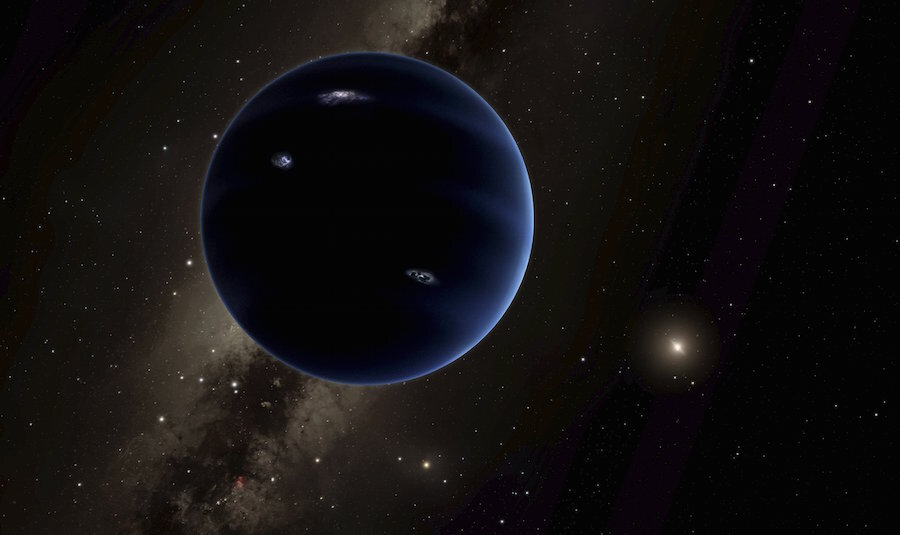How a distant planet could have killed the dinosaurs
Loading...
A theoretical giant planet orbiting at the far edges of our solar system may be redirecting stray comets and asteroids into the inner solar system, one or some of which could have caused the dinosaur extinction event on Earth.
The theory might seem like science fiction, but a study by astrophysicist Daniel Whitmire offers scientific data to back up the claim. Dr. Whitmire, who now teaches math at the University of Arkansas, says the mysterious planet has been causing extinction events at regular intervals – every 27 million years – on Earth.
Sound familiar? The new paper, published in the Monthly Notices of the Royal Astronomical Society, is a revision of a previous study Whitmore and his partner John Matese proposed in 1985.
"I've been part of this story for 30 years. If there is ever a final answer I'd love to write a book about it," said Whitmire in a University of Arkansas press release.
In 1985, Whitmire worked as an astrophysicist at the University of Louisiana at Lafayette. His work included looking at anomalies in the Kuiper Belt, a region of the solar system beyond Neptune that is filled with space objects. With Dr. Matese, Whitmore published their findings in a Time magazine article entitled, “Did Comets Kill the Dinosaurs? A Bold New Theory About Mass Extinctions.”
His findings suggested that Earth experiences regular comet showers every 27 million years, which, Whitmore argued, could only be explained by the existence of a large planet whose gravitational pull dislodged stray comets and sent them toward the sun.
What’s changed since 1985? He’s found more evidence to support his theory.
The original theory cited data that suggested the regular comet impacts originating from the Kuiper Belt occurred every 27 million years ago for the last 250 million years. Using new methods, Whitmire has updated his theory to show comets have regularly been impacting earth for over 500 million years.
And the concept of a giant planet lurking around the Kuiper Belt is gaining traction with other scientists.
Scientists with the California Institute of Technology found solid evidence to suggest a ninth planet could exist in the Kuiper belt, The Christian Science Monitor’s Ben Thompson reported in January. Called Planet Nine, the proposed planet would be much larger than Earth and could help explain some of the odd orbits objects in the Kuiper belt are following. The theory remains unproven.
However, despite prompting renewed interest in mysterious planets lurking in the Kuiper Belt, the similarities between Planet X and Planet Nine end there.
Planet X would need to have an incredibly distant orbit of nearly 27 million years to coincide with Whitmire’s research. Planet Nine would be much closer, orbiting about every 15,000 years.
“The evidence for Planet Nine says nothing about whether or not there is a more distant Planet X,” Mike Brown, lead scientist behind the research into Planet Nine at Caltech, told Mail Online.








